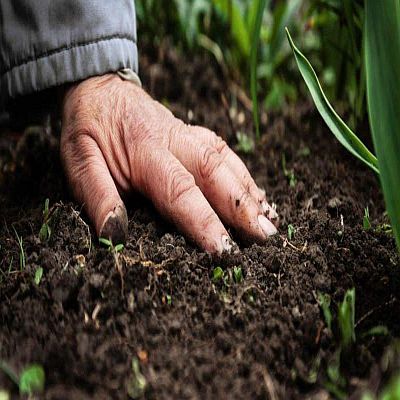- Home
- News
- Trichoderma harzianum ——Wide adaptability, broad antibacterial spectrum and diversity of antagonistic mechanisms
Trichoderma harzianum ——Wide adaptability, broad antibacterial spectrum and diversity of antagonistic mechanisms
Trichoderma harzianum is widely used in agriculture. The effective components are composed of live Trichoderma harzianum and active metabolite carriers. Metabolites include lipopeptides, amino acids, active enzymes and so on. Trichoderma harzianum is a microbial fungicide with a broad spectrum. It mainly controls a variety of diseases caused by fungi in the leaves of vegetables, fruit trees, flowers and other plants, and effectively controls powdery mildew, gray mold, downy mildew, leaf spot, spot defoliation, brown spot and so on. Trichoderma harzianum colonizes in plant roots and produces compounds that stimulate plant growth and induce plant defense response, improve root microenvironment, enhance plant growth and disease resistance, and improve crop income. The use of Trichoderma harzianum agent in seedling bed can improve the survival rate of seedling raising and transplantation, maintain the robust growth of seedlings, and play a great role in plant growth. Trichoderma harzianum has antagonistic effects on a variety of plant pathogens through multiple mechanisms of beneficial microorganisms and fungi that inhibit plant and soil pathogens, such as nutritional competition, heavy parasitism, cell wall decomposing enzymes and inducing plant resistance. It has dual effects of protection and treatment, and can effectively control soil borne fungal diseases, such as Botrytis, Pythium, Rhizoctonia, anthrax Soil borne diseases such as root rot, Verticillium wilt, sudden fall, Fusarium Wilt and Sclerotinia caused by Fusarium.
Function of Trichoderma harzianum
1. Trichoderma harzianum t-22 can grow rapidly around the root and leaf circumference of the plant, seize the sites on the plant surface, and form a protective cover, just like putting boots on the plant, to prevent the pathogenic fungi from contacting the plant root and leaf surface, so as to protect the plant root and leaf from the infection of the above pathogenic bacteria and ensure the healthy growth of the plant. In the process of interaction between Trichoderma and pathogens, the host hyphae secrete some substances to make Trichoderma tend to the growth of host fungi. Once the host is recognized by Trichoderma parasites, the parasitic relationship will be established. Trichoderma harzianum can be sprayed with water according to the dosage instructions. The best use period is the seedbed stage. It can be used once after sowing, and then used once in half during transplanting, and then supplemented with bacteria every three and a half months. If the seedling raising period is short, it can be used once.
2. Heavy parasitism:
Heavy parasitism is a complex process of identifying, contacting, winding, penetrating and parasitizing pathogens.
3. Antibiotic action:
Trichoderma harzianum can secrete some antibiotics, which can inhibit the growth and colonization of pathogens and reduce the harm of pathogens.
4. Plant growth regulation:
Trichoderma harzianum colonizes in plant roots and produces compounds that stimulate plant growth and induce plant defense response, improve root microenvironment, enhance plant growth and disease resistance, and improve crop yield and income.
5. Decomposition and degradation:
Trichoderma harzianum is one of the strains with high cellulase activity. The cellulase produced by Trichoderma harzianum can degrade crop straw, and can strongly decompose macromolecular organic substances such as crude fiber and lignin, so as to convert them into small molecular substances conducive to plant absorption and utilization. The effect is very good.
6. Prevention and control of various crop diseases:
Trichoderma harzianum not only has antagonistic effect on a variety of plant pathogens, but also has protective and dual effects through production, nutritional competition, micro parasitism, cell wall decomposing enzymes and inducing plant resistance. It can effectively control soil borne fungal diseases and gray mold.

